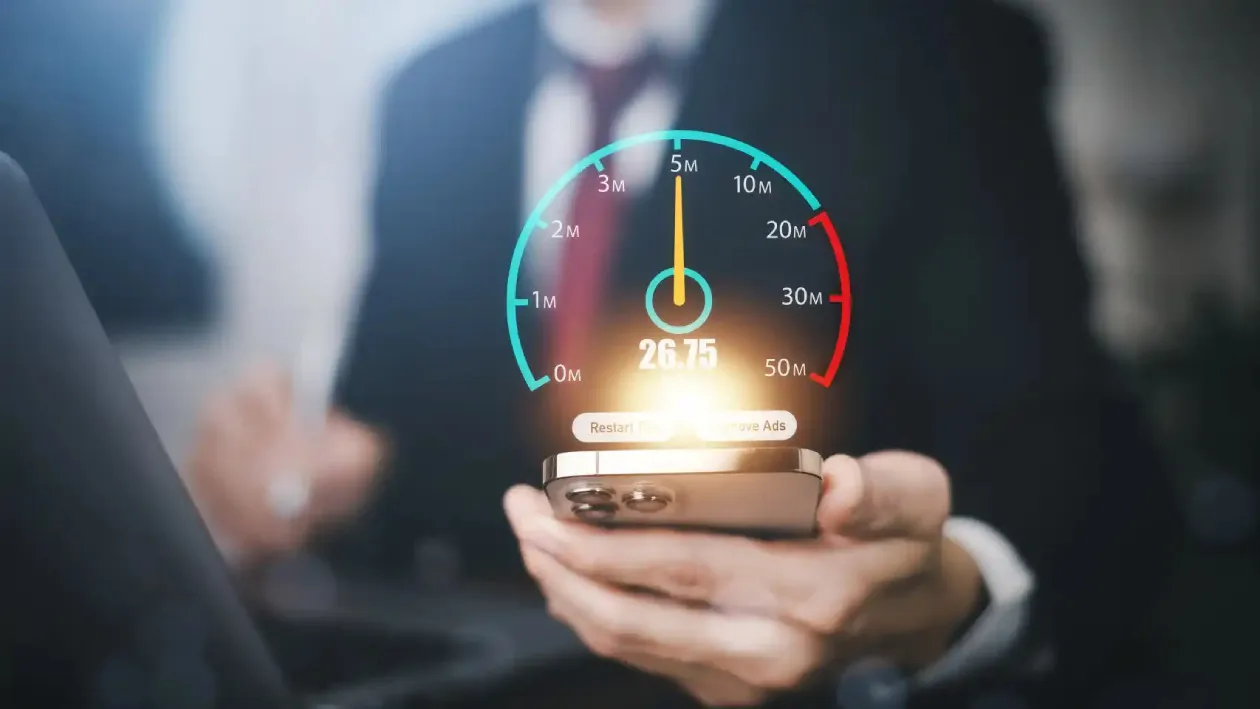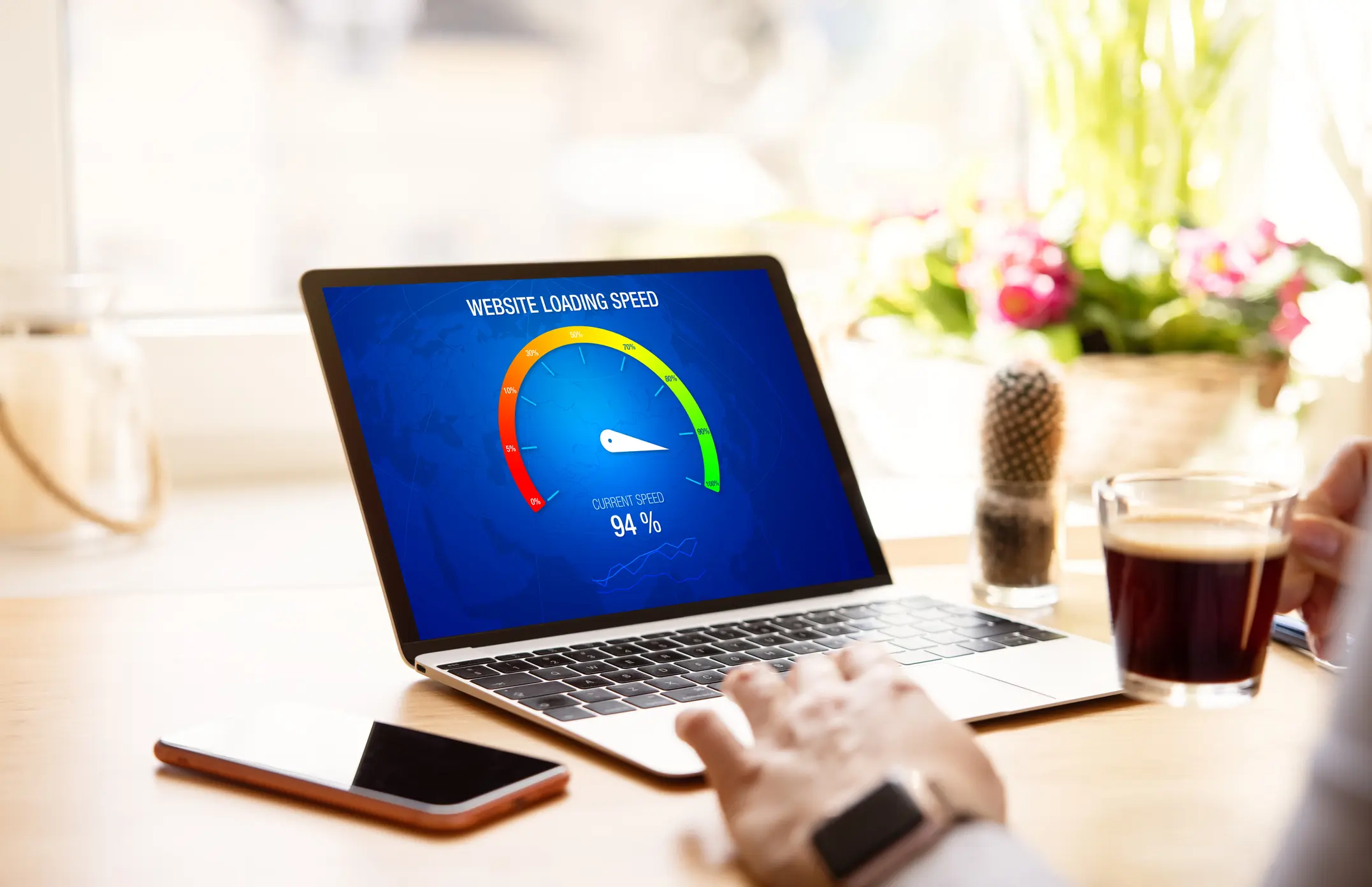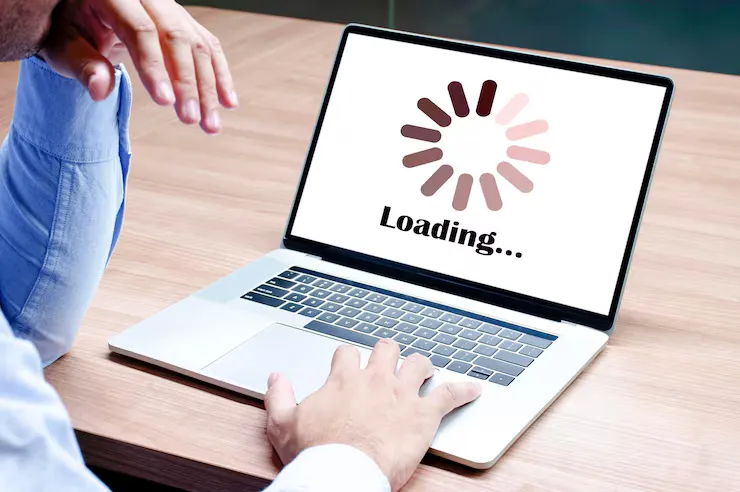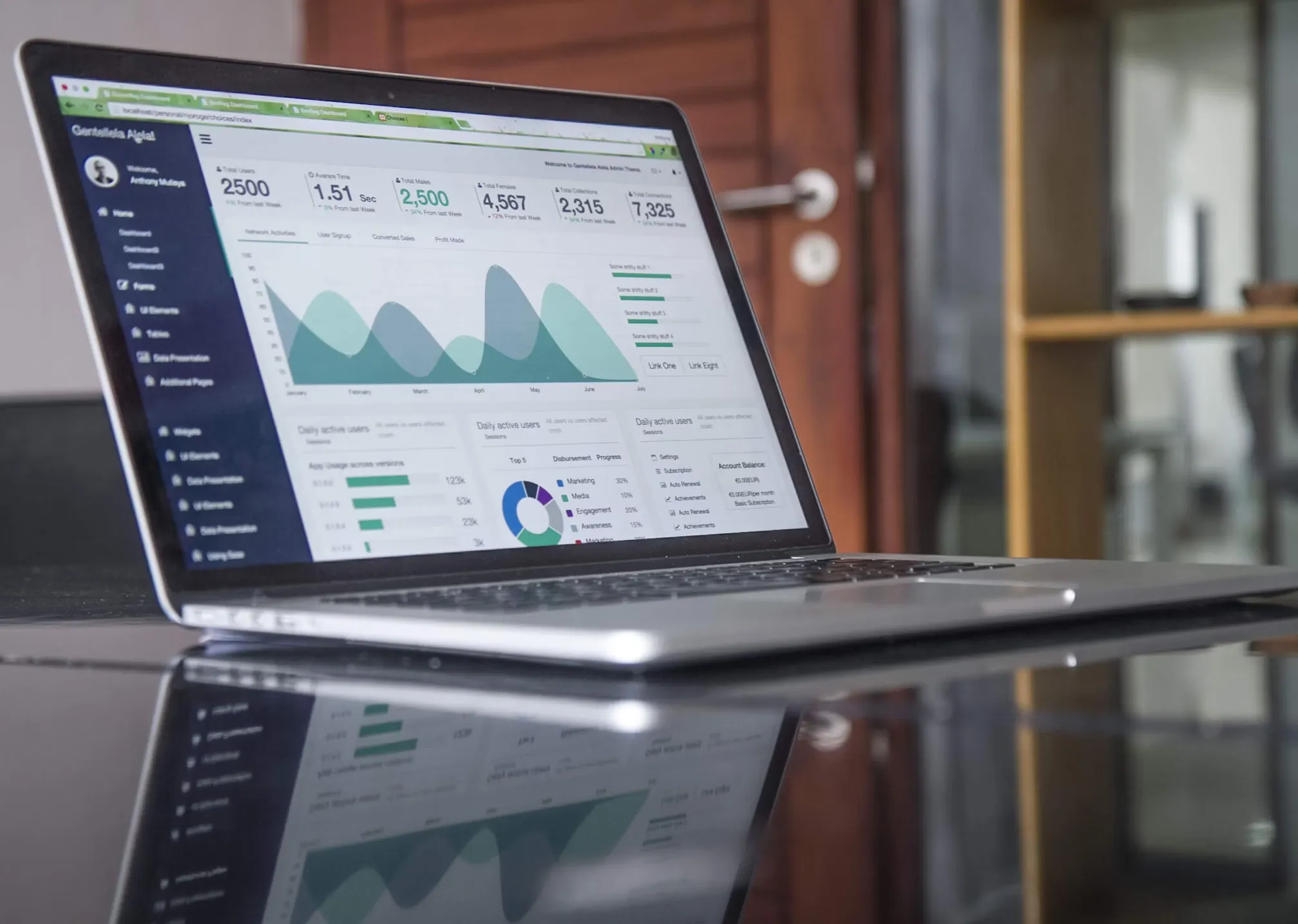"The online experience is impatient: the first impression is your loading time. Even if your product is excellent, if the website is slow, the user interprets it as lack of care or lack of seriousness."
What it means for your client
When a user enters your website and waits too long, they feel that the brand is not reliable or unprofessional, they think that finding the product or service will take more time than it's worth, and they decide to look for another faster option, even if the product is the same or even worse. And that perception weighs more than design or creativity.

Keys to improve your website speed
You don't need to sacrifice design or redo the entire site. These are key adjustments that make the difference:
Optimized images
- Use lightweight formats like WebP
- Reduce size to the maximum necessary (don't upload a 4MB photo if it's going to be shown at 400px)
- A single poorly optimized image can double loading time
Quality hosting
- A cheap server can save you a few dollars per month, but makes you lose hundreds in sales
- Choose providers with good speed and support
- If your website has grown in traffic and you're still on the most basic plan, you're already at a disadvantage
Fewer unnecessary scripts
- Each extra plugin or widget adds seconds
- Keep only the essential (forms, analytics, critical functionalities)
- Check with your developer if you really need each tool that's loading
Lazy loading
- Show first what the user needs to see and load the rest in the background
- Especially useful for images and videos
- This way the user perceives speed even though the page is still working behind
Mandatory mobile review
- Test your website from 4G and not just on WiFi
- Check that the page loads quickly in the first 3 seconds
- Remember: more than 60% of visits today come from mobile

"The online experience is impatient: the first impression is your loading time. Even if your product is excellent, if the website is slow, the user interprets it as lack of care or lack of seriousness."
How to know if your website is slow
It's not enough to 'feel' that it runs fast. Measure it:
A minimal delay translates into fewer completed sales, unsent forms and clients who don't return. In other words, every second counts. And every second your website loses in opening is money that doesn't come in.
Conclusion
Speed is not a technical whim. It's a sales factor. A website that takes more than 3 seconds to load is leaving money on the table. The good news is that with small adjustments you can gain seconds and with that retain more clients. Each speed improvement translates into fewer abandonments, more forms sent and more conversions.


